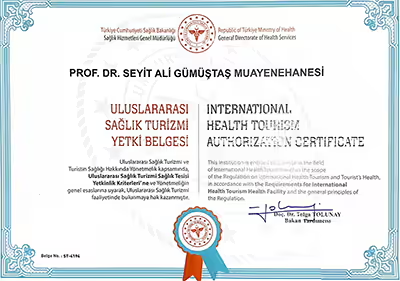English, Русский, O‘zbekcha, Türkçe
![]()
![]()
FREQUENTLY ASKED QUESTIONS
What is a tumor?
It can be used in the sense of swelling or mass.
Is every tumor a cancer?
Why is it formed?
Is it related to eating and drinking?
From what tissues does it originate?
Is it too often?
Does the absence of pain mean that it is benign?
When should we be worried?
How is it diagnosed?
By what method is a biopsy performed?
Are imaging methods needed during biopsy?
Can every orthopedist do a biopsy?
Does having a biopsy cause the tumor to spread?
When does the biopsy result come out?
What is the rate of diagnosis by biopsy?
What should be done first if the biopsy result is malignant?
What to do if there is no spread anywhere else in the screening?
Is chemotherapy used for every malignant tumor?
In what cases is radiotherapy performed?
Is it better to apply radiotherapy before or after surgery?
How long is the duration of chemotherapy and radiotherapy?
On what day is surgery performed after chemotherapy or radiotherapy?
Should every bone or soft tissue tumor be operated on?
Can bone and soft tissue tumors be done by every orthopedics doctor?
Does the fact that a tumor is benign mean that it will definitely not recur after surgery?
Should bone and soft tissue tumors be followed up after treatment?
Address
Teşvikiye Mah. Hakkı Yeten Cad.
Doğu İş Merkezi , No:15 Kat:7
Şişli, İstanbul


